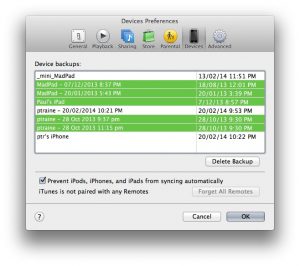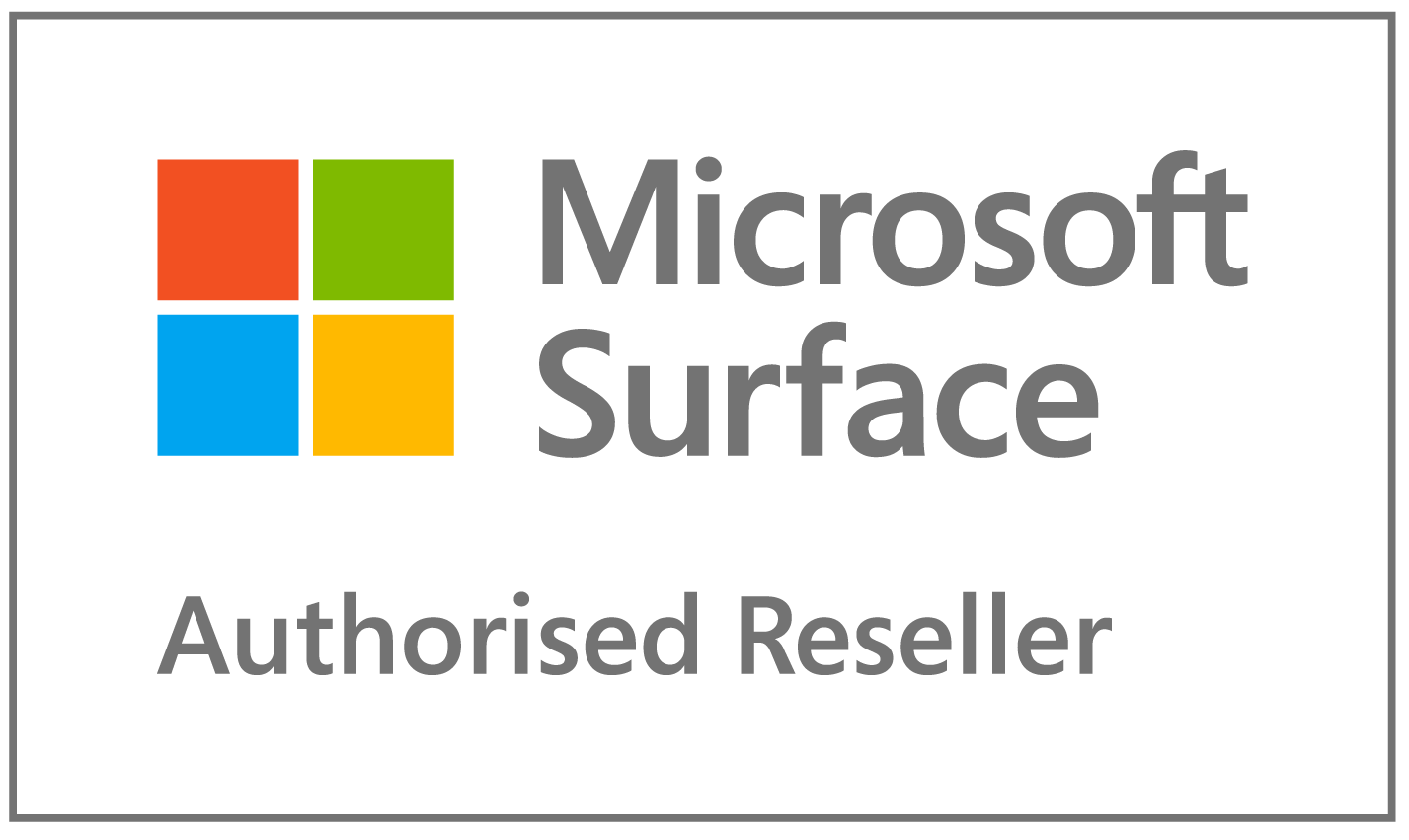We thought we would address an issue that has popped up more than a few times when servicing our clients’ computers; available Hard Drive capacity. Having space available is not only necessary for files to be saved but for the computer to operate at all – ensuring you have space available is key to your computer’s functionality.
Perhaps this is more prevalent with the MacBook Airs and the Retina MacBook Pros as they have limited and expensive storage but in actual fact anyone could easily be affected.
Thankfully there are more than a few ways of addressing this particular issue, be it through reducing or deleting the unneeded or unwanted data, or adding capacity in an interesting way you may not have considered.
First things first
First thing to help qualify your actions may be to check how much space is available as of right now. This way you know what your situation is, and what your gain is when you’ve finished with the reduction of data.
There are three straight forward ways:
– open a new Finder window and in most cases their should be a summary of space available next to an item account on the status bar at the bottom of your Finder window.
– run Disk Utility: (/Applications/Utilities/Disk Utility) to get an overview of your connected drives and find the available capacity at the bottom of the main window when your drive is highlighted
– run Activity Monitor: (/Applications/Utilities/Activity Monitor) and near the bottom of the main window, select Disk Usage for a handy pie graph.
Discarding unneeded or unwanted data:
There’s nothing worse than having a computer full of things you don’t need, especially if your running low on space. The key here is knowing where and how to find what you don’t need. Here are a few tips on how to free your computer from the unnecessary extras.
We’re here to talk about less than ordinary so we’ll skim over the basics:
– delete unneeded PDF’s/packages/software installers that may be sitting in the downloads folder.
– delete unwanted emails especially ones with large attachments
– empty your trash
Beyond this there are some lesser known approaches:
– Delete the unwanted languages on your machine
Not everyone requires the use of these superfluous languages on the system. You do get to choose what remains and are able to free up a handsome amount of space.
Download Monoligual from here and run it to free up space.
– Delete garageband loops
If you never plan on using the program you will probably agree that deleting the audio loops that are often preloaded on your system is a good idea.
You can find the folder here: library/application support/garageband Trash the whole thing. You won’t miss it.
– Deleting previous iOS backups
Deleting unneeded iOS backups is an easy way to free up space – the simplest method is to use iTunes.
Open iTunes and navigate to iTunes > Preferences and select the Devices tab. This presents you with the list of all devices that have been backed up locally to your machine.
See the pic below.
I can tell you that I can probably delete the older iPhone back ups as well as the backups for the iPad I gave away some time ago. Additionally I don’t know what “Paul’s iPad” is but’s out of date also, so I’ll get rid of that.
Alternatively, you can find your iOS device back ups here: /Library/Application Support/MobileSync/Backup though you’ll have to line up the dates via iTunes to know what’s what.
Adding Capacity.
If you’ve deleted all you can and you still don’t have enough space to function at your optimal level of performance, there are some nifty ways to increase your capacity.
Nifty Minidrive
The Nifty MiniDrive is a one of those easy to use devices that allow anyone to quickly increase the available memory in their MacBook computer. After a quick set up, users can then forget about it completely. It’ll still continue to work away with little hassle.
Both the MiniDrive and the MiniDrive Pro have been designed to fit securely into the SD slot of MacBook computers.
By utilising standard micro SD cards the MiniDrive can add plug in and forget memory to your computer.
Meaning, you the user gets the extra space for the things that are important to you, such as those few holiday photos, or that video of cats that makes you laugh, or the office documents required for that meeting tomorrow.
Nifty Drives are available for purchase now for a mere $39.95 (inc GST). Not bad for for some extra space.
For more information on these drives or to simply order one, get in touch.
LaCie’s Fuel
If you’d prefer some external storage that can be used by your iPad and iPhone as well as your Mac, then check our LaCie’s recently released new WiFi Hard Drive ‘Fuel’.
The Fuel looks almost like an internet router, but don’t be fooled. It can hold up to 1TB of photos, videos, music and documents (all the stuff you love), and can be accessed by a majority of your devices.
The Fuel creates its own Wi-Fi network, allowing up to 5 devices to access its storage at the same time. Streaming movies is even possible across 3 devices. So everyone can watch the same thing in a different room of the house if they want!
Whilst the Fuel doesn’t need an internet connection to be amazing, it can connect to nearby hotspots. Which then allows 4 of your wireless devices to access the net via your Fuel.
With up to a 10 hour battery life, the Fuel lets you enjoy your media without the need for internet or messy cables.
The Fuel Hard Drive is available for purchase now for $249.00 (inc GST)
For more information on this awesome drive click here, but to order, get in touch with us at Mac Aid.














